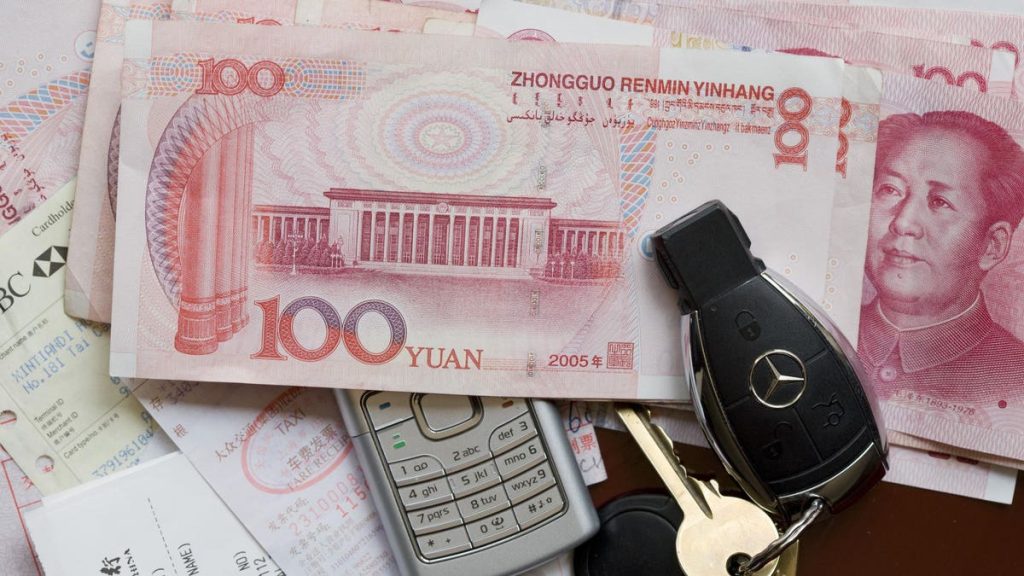Digital cash, just like digital car keys, has to work offline. That is, I need to be able to get into my car and drive off where there is no mobile signal and I need to be able to buy milk if the internet is down or if the power is out at the grocery store. Fortunately, we have the technology and Apple and Google are building with it.
Offline Money, Offline Identity
Any kind of mass market cash replacement or cash augmentation product has to have one particular characteristic: It has to work offline. The Bank for International Settlements (BIS) Innovation Hub Nordic Centre has published a comprehensive handbook exploring key aspects of how central bank digital currencies (CBDCs) could work for offline payments, by which they mean payments made without being connected to the internet, either temporarily or because of coverage limitations. The handbook, produced as part of the BIS Project Polaris in partnership with Consult Hyperion, intends to help central banks considering the potential implementation of CBDCs with offline functionality to take into account a complex matrix of issues including security, privacy, likely risks, the types of solution, their maturity and applicability, and operational factors.
At the same time, the results of Kantar focus group research for the European Central Bank (ECB) included the nugget that the public perceived offline payments to be “the most innovative digital wallet feature”. This was because they saw it as being useful in certain situations (such as areas without internet coverage, use in fight mode and so on) although they also said that they did not expect to use offline payments much. They are wrong, but that’s not the point.
When it comes to how the wallet will actual work, there’s a lot to be decided. The Europeans surveyed said they considered QR code functionality to be useful in certain situations (eg, self-service locations and online purchases) but they were also seen as being slower than other payment solutions by a population very familiar with contactless payments. If not QR codes, then what? Well, I think we already have the technology. There’s something else in your pocket that needs to work reliably without an internet connection, and that’s your car keys. You need to be able to get in your car and start it when you are out of mobile coverage.
(Remember the story about the wealthy supercar owner whose car-seat installation bricked his pride and joy. The $500,000 car was designed to lock the engine if it detected “tampering” and the only way to unlock it was via the built-in mobile connection. Unfortunately, however, the car was being worked on in an underground garage with no mobile signal. A technician was flown in but couldn’t fix it, so they had to push the car up the ramps to the surface to eventually get a signal!)
So how are the car key folks getting on then? Surely they are not going to use QR codes, are they? Of course not. Earlier this year, a group of auto makers and tech companies came together at Google’s
GOOG
offices to test the Car Connectivity Consortium’s (CCC’s) Digital Key. The idea of the Digital Key is to allow people to unlock and start their vehicles using their phones and the tests—which included Apple
AAPL
, BMW, Google, Rivian and Samsung, amongst others—demonstrated that the Digital Key can work, and it can work with real security without the driver having to remove their phone from their pocket.
The Digital Key standard uses a combination of Bluetooth, just like the Tesla
TSLA
phone key, and ultra-wideband (UWB) technology. I’ve written here before about UWB, which is a short range radio data communication technology like Bluetooth, but with an additional, and rather useful, characteristic: UWB signals means that you can determine location very accurately. Much more accurately than you get from signal strength estimation (as with Bluetooth proximity applications). This means that with UWB it is possible to measure distance to a couple of inches and since apps can get this information a few times every second they can also tell whether another device is stationary, approaching or receding. For example, a UWB-enabled system can sense if you’re moving toward a locked door and it can know if you’re on the inside or outside of the doorway, to determine if the lock should remain closed or open when you reach a certain point.xxx
The Digital Key standard uses the precision location information from the UWB interface to figure out where a person is in relation to the inside or outside of the car and then UWB plus Bluetooth to transfer the credentialing data during a secure session. This is an excellent solution not only for car keys but for all sorts of other keys as well, and since UWB is now built into many mobile phones, smart watches and other devices one might imagine that the deployment can be rapid. Given the standardisation, and the size of the market for key fobs, the technology would also be a great choice for smart cards and wearables that could be used to store digital currency.
Fobbed Off!
As the Bank of Canada point out in their recent Staff Analytical Note on “A central bank currency for offline payments”, in order to minimize the risk of theft or loss, an offline CBDC may require secure hardware with a user-specific personal identification number (PIN), password or biometric authentication stored on the device itself. Since my wife uses her key fob with an EMV contactless chip inside it to pay for pretty much everything, a key fob that needs your finger on it to open your car or to pay for the milk at the grocery store sounds is the dream product for our household.
Read the full article here



